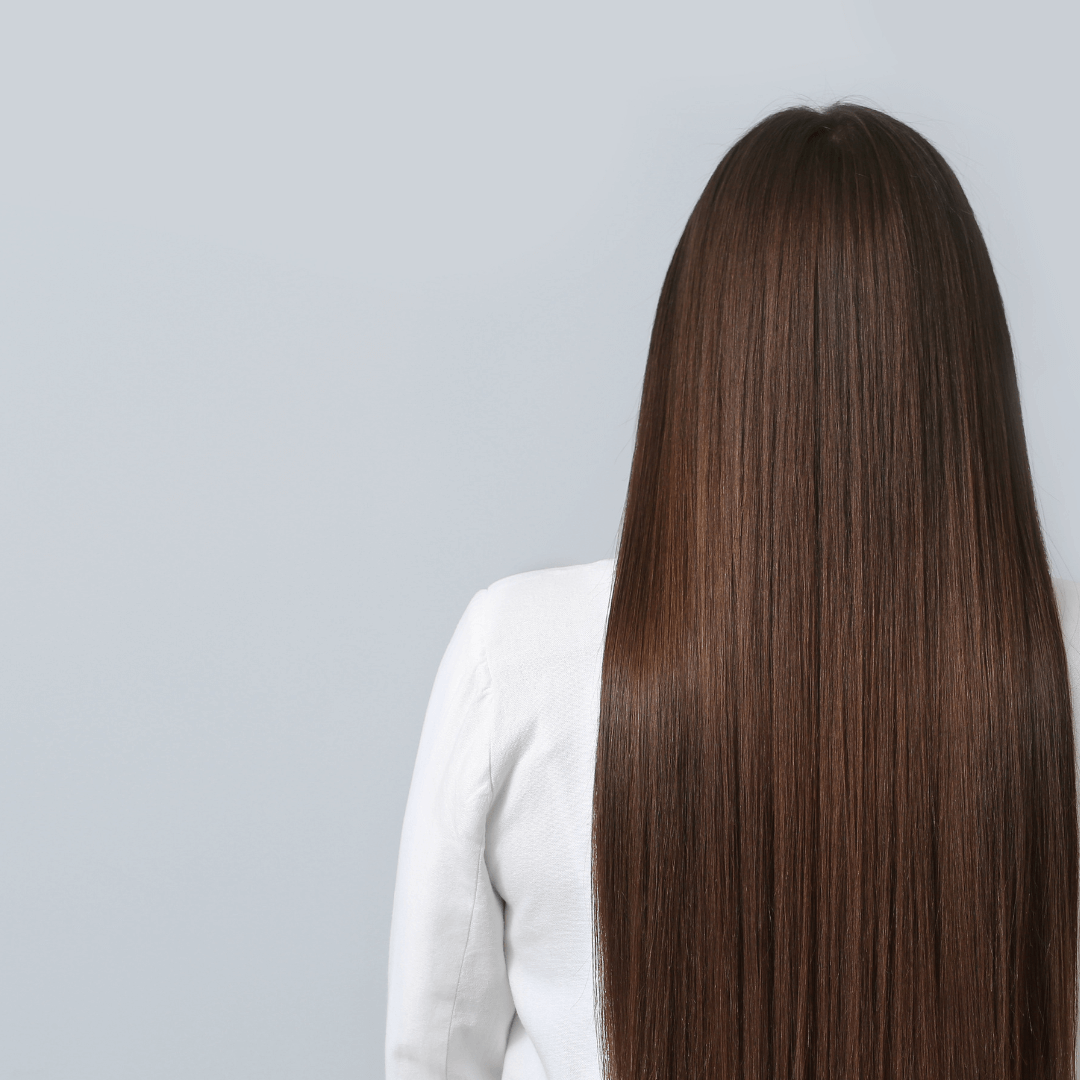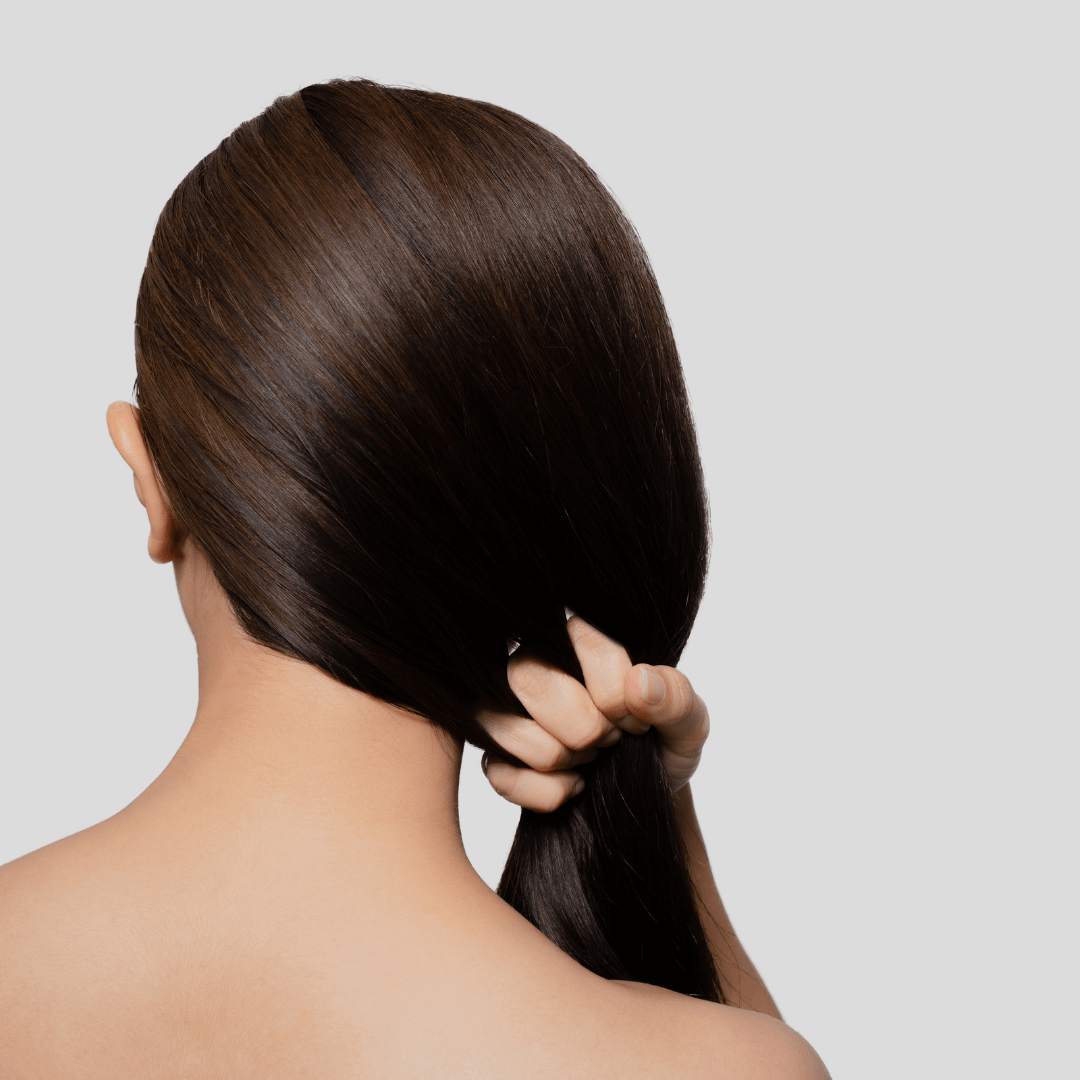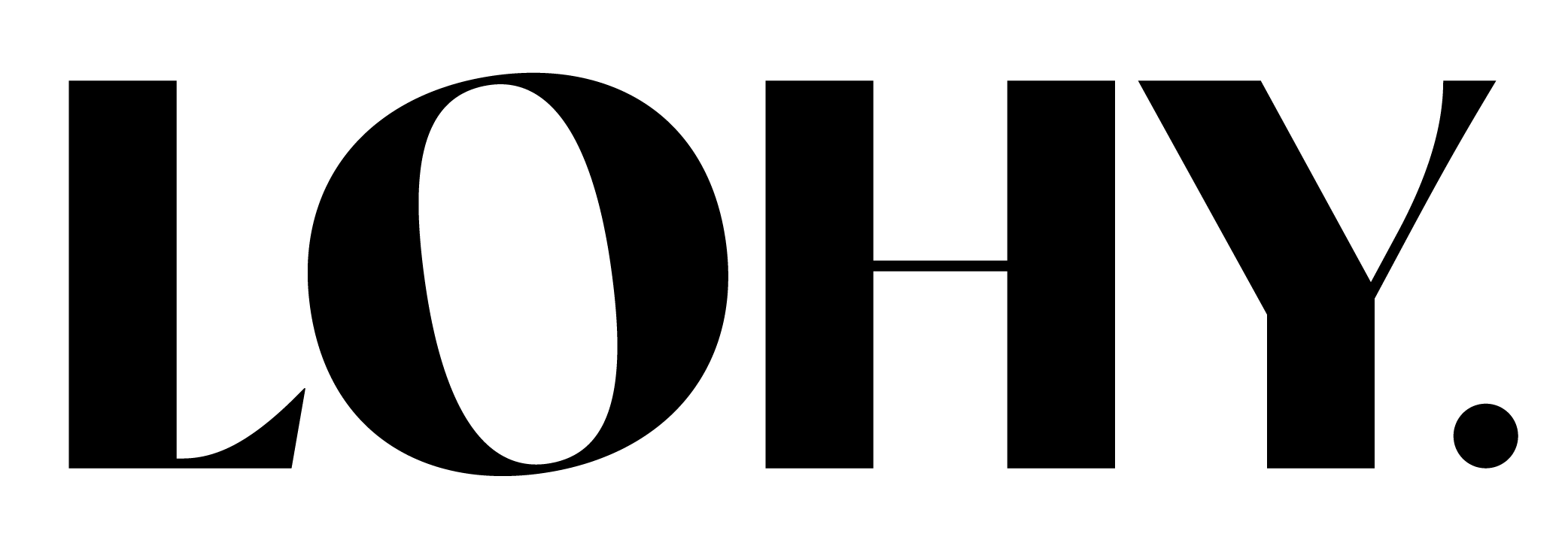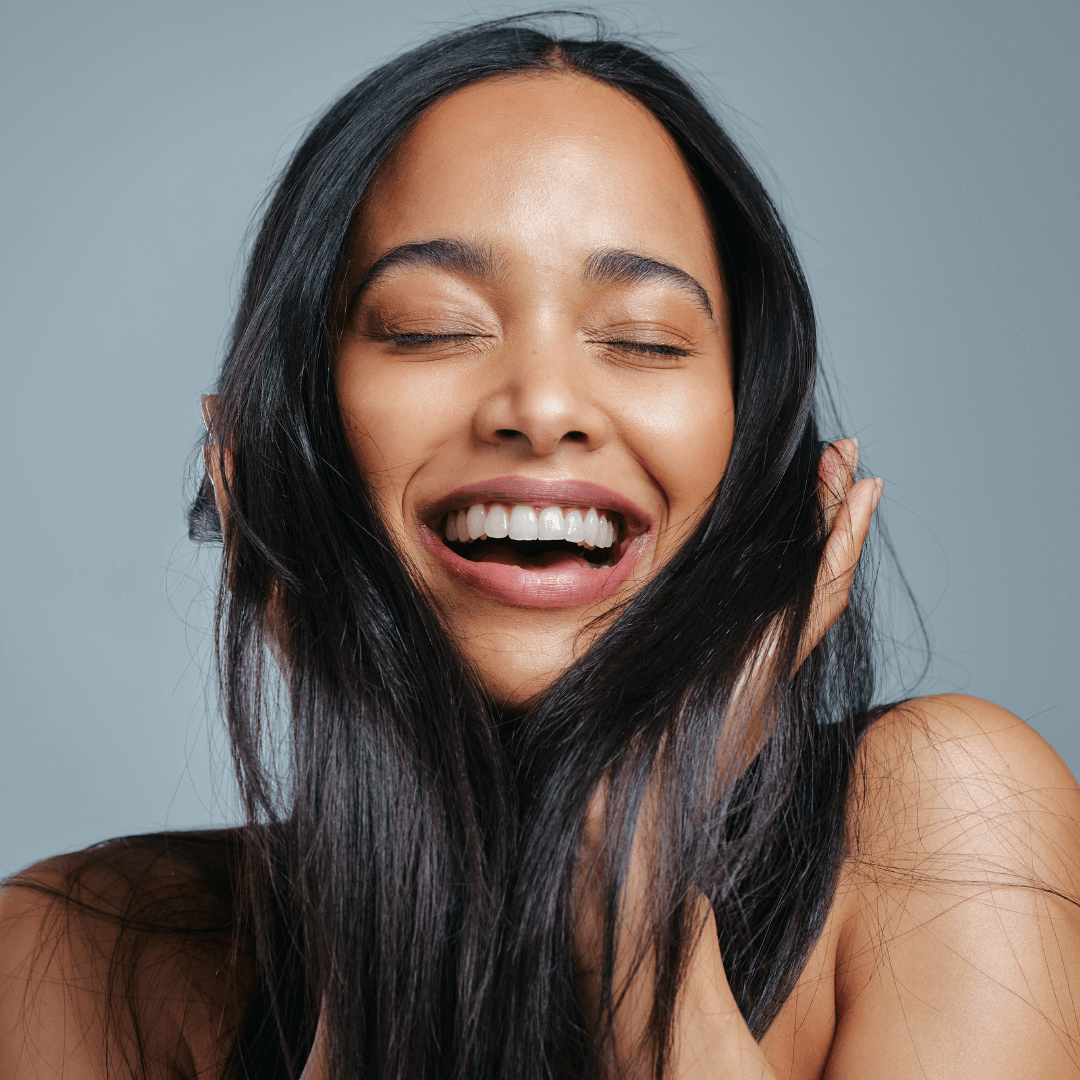Type 1A Hair: Care + Styling Tips
Maintaining and styling straight hair 101! Everything you need to know how to style, wash, hydrate and make your hair shine!
💡 Not sure if Type 1 hair is your exact match? Or want to know which products are best for your unique hair type? Take our Hair Quiz to find out! Answer a few quick questions and get personalised recommendations tailored to your hair’s needs.

What Exactly Is Type 1A Hair?
Type 1A hair is the straightest of all the hair types. It's typically very fine and soft with a glossy sheen, it can also struggle with volume and may become oily quickly. At a glance, type 1A may seem really easy to manage, because of its ‘no fuss’ appearance and lack of ‘wild’ that curl types like type 3 and type 4 may have.
Don't be fooled though, Type 1A hair can be just as challenging as other hair types, just in different ways. Lacking volume and increased oil production are just a couple of challenges straight hair types suffer from.

How To Identify Type 1A ‘Straight Hair’
- Pencil-straight without any curls or waves.
- Often very fine and silky.
- Tends to lay flat against the scalp.
- Usually it becomes oily after a couple of days.
- Won't hold a curl when heat styled.
Porosity And Texture Of 1A Hair
Hair Porosity: Refers to hair's ability to absorb and retain moisture.
- Low Porosity: Resists moisture and products tend to sit on hair.
- Medium Porosity: Absorbs and retains moisture well.
- High Porosity: Absorbs moisture quickly but loses it just as fast.
How To Test The Porosity Of Your Type 1A Hair
The Strand Test is a simple yet effective way to determine the porosity of your hair, which in turn can greatly influence your hair care routine.
To perform this test: you need to place a single strand of clean, product-free hair in a bowl of room temperature water and observe how it behaves.

Texture of 1A Hair
- Fine: Thin strands that can lack volume.
- Medium: Balances strength and volume.
- Coarse: Thicker strands, more resilient but may need more moisture.
- Type 1A is typically fine, needing lightweight products.
Texture refers to the thickness of your individual strands of hair and having a good understanding of your hair texture is crucial for effective hair care. Especially when considering the varying needs of fine, medium, and coarse hair textures.
Fine Hair:
Characteristics: Fine hair features thin individual strands, (likely to be lacking a medulla) . It often appears silky but can struggle with holding styles and may lack natural volume.
Challenges: This hair type is prone to becoming oily quickly, can appear limp, and is more susceptible to damage from heat and styling products.
Care Tips:
- Use lightweight products like Chutzpah Volumising Foam or Cruise Control to avoid weighing the hair down.
- Avoid heavy oils and serums that can make hair look greasy.
- Gentle styling and minimalistic hair care routines work best.
Volumising shampoos and conditioners are recommended.

Medium Hair:
Characteristics: Medium hair strikes a balance between fine and coarse textures. It has a thicker strand than fine hair but is not as heavy as coarse hair.
Strengths: This texture is often seen as ideal because it holds styles well, isn't overly prone to damage, and maintains a good balance of moisture. People with medium textured Type 1A hair can often wake up and walk out the door with minimal effort.
Care Tips:
- Can benefit from a wider range of products, including small amounts of hydrating oils and leave-in conditioners.
- Regular trims and occasional deep conditioning treatments can maintain its health.
- Flexible when it comes to styling and can hold curls or straight styles efficiently.
Coarse Hair:
Characteristics: Coarse hair has the thickest strands among the three textures. It’s robust and can be more resilient to styling and environmental factors.
Challenges: Despite its strength, it can be prone to dryness and may require more moisture to maintain its health and sheen.
Care Tips:
- Embrace heavier moisturising products like curl creams and gels for curly hair.
- Regular deep conditioning treatments are beneficial.
- Avoid overuse of heat styling tools to prevent dryness and damage.

Type 1A Hair Texture
- Type 1A hair is typically fine, meaning it’s more susceptible to oiliness and can lack volume.
- Special Considerations for Type 1A:
- Focus on lightweight products. Mousses, foams and light-weight creams can add volume without causing build-up.
- Avoid heavier styling products and consider using dry shampoo to add texture and absorb excess oil.
- Limit the use of heat styling tools and apply heat protectants when using them.
Understanding the different hair textures and their specific needs, especially when you have Type 1A hair, means you can tailor your hair care and styling routine to enhance your hair’s natural beauty and maintain its health.

Caring for Your 1A Hair
Beyond choosing the right products and managing washing frequency, there are several other considerations for maintaining the health and appearance of Type 1A hair.
- Avoid overwashing to prevent oiliness.
- Use lightweight, volumising products.
- Limit use of heavy products like oils or creams.
- Gentle Styling Techniques
- Minimise Heat Damage: Limit the use of heat styling tools like straighteners and blow dryers. When necessary, always use a heat protectant to minimise damage.
- Soft Hair Accessories: Opt for silk scrunchies or non-metal hair ties to avoid breakage. Avoid tight hairstyles that can strain your delicate strands.
- Incorporate a healthy diet rich in vitamins and minerals that promote hair health. Foods rich in omega-3 fatty acids, biotin, and protein can strengthen hair.
- Drinking plenty of water is essential for maintaining overall health, including the health of your hair.
- Regular Scalp Massages: Use your fingertips to gently massage your scalp. This not only feels relaxing but also stimulates blood flow, which can promote hair growth.
- Avoid Heavy Products on Scalp: Choose lightweight formulas for products that come into contact with your scalp to avoid build-up and clogging hair follicles. When applying products, always start at the ends and work your way up the mids.
- Sun Protection: Just like your skin, your hair needs protection from the sun. Wear hats or use hair products with UV protection to guard against sun damage.
- Avoid Chlorine and Saltwater. Prolonged exposure to chlorine in swimming pools and saltwater can dry out your hair. Rinse your hair with fresh water after swimming and use a clarifying shampoo if needed. For a more comprehensive look at taking care of your hair over summer, read our guide to summer hair care ‘Spring into summer’.
- Even though Type 1A hair is straight, it's prone to split ends. Regular trims (every 6-8 weeks) can keep your hair looking healthy and prevent damage from travelling up the hair shaft.
- Minimise the use of chemical treatments like colouring or chemical straightening. These can significantly weaken and damage fine hair. If you do colour your hair, opt for gentle, ammonia-free products.
- Swap out your cotton pillowcase for a silk or satin one. This reduces friction while you sleep, preventing breakage and frizz.
By incorporating these additional care techniques into your routine, you can guarantee that your Type 1A hair remains healthy, strong, and vibrant. Remember, the key to effective hair care is not just about the products you use, but also about how you handle and protect your hair on a daily basis.

Washing Your Type 1A Straight Hair In 4 Simple Steps
- 1. Wet hair with warm water.
- 2. Use LOHY.’s Nourish & Flourish Shampoo to gently cleanse.
- 3. Apply Nourish & Flourish Conditioner, focusing on the ends and mids. Avoid conditioning the scalp.
- 4. Rinse thoroughly with cool water.
Moisturising + Hydrating Your 1A Hair
- Lightweight leave-in conditioners are beneficial.
- Occasional moisture masks like LOHY.’s Drench & Quench Hydrating Mask can help, focusing on the ends to avoid greasiness.
Deep Conditioning Treatments for Type 1A Hair
- Treat every 2-3 weeks, depending on hair's needs.
- Be cautious to avoid products that are too heavy.
- Overnight treatments can be beneficial but should be rinsed out in the morning.
Using Oil on Type 1A Hair
- Use sparingly and focus on the ends.
- LOHY.'s Hush Nourishing Oil can add shine without greasiness..

Step-by-Step Styling Guide for Type 1A Hair
If a subtle ‘wavy’ look is what you’re going for, using LOHY.’s range of curly hair products will help you achieve that in 6 simple steps.
- Cleanse and condition your hair using Nourish & Flourish Shampoo and Conditioner.
- While your hair is still damp, apply Cruise Control Curl Cream and rake through with either your fingertips or your Flexi Brush. To encourage ‘curl clumps’ rake from the roots towards the tips.
- With your hands, and your head tipped upside down, gently scrunch your hair to encourage waves to form. You should hear a ‘squelchy’ sound. This is good and means your hair is adequately hydrated.
- If you’re wanting a bit of extra hold, now is the time to grab your Chutzpah Volumising Foam, or Oomph Hydrating Gel and glaze over the ends of your hair and towards your roots.
- Grab your blow dryer with a diffuser attachment and hover diffuse over your hair. You can do this upside down to encourage volume - gently flipping your hair side to side.
If you choose to use a strong hold gel like POW, once your hair is 100% dry, gently scrunch out any ‘crispy’ strands. You’ll be left with soft, subtle waves that last all day long.
Styles & Updo's for 1A Hair

Half-Up, Half-Down Do
Creating Volume: Start by applying Chutzpah Volumising Foam to the roots of your hair. Styling: Take the top section of your hair and pull it back into a half ponytail, securing it with a hair tie. Added Elegance: Smooth out the ponytail and the rest of your hair with a brush, and apply a light mist of hairspray for hold.

Casual Side Braid
Braid Prep: Lightly mist your hair with water and apply a leave-in conditioner for manageability. Braiding: Create a deep side part and start braiding your hair loosely on one side, working down to the ends. Securing the Braid: Tie off the braid with a hair tie and gently pull at the sides of the braid to give it a fuller look.
Ten Hot Tips For Your Type 1A Hair
- Avoid heavy products.
- Use dry shampoo for volume.
- Trim regularly to avoid split ends.
- Use a silk pillowcase.
- Protect hair from heat styling.
- Brush gently (and regularly) to avoid breakage.
- Incorporate a balanced diet for hair health.
- Limit hair washing to prevent dryness.
- Experiment with accessories for styling.
- Embrace your hair's natural texture.
Styles and Haircuts for 1A Hair
As of 2023, several haircuts and styles have emerged as particularly trendy for those with Type 1 straight hair. These styles cater to various lengths and textures, offering something for everyone.
FAQs
How can I make my 1A hair fluffy?
Use volumizing products and blow-dry upside down.
Is the rarest hair type 1A?
It's not the rarest but is less common than other straight types.
How do I get my 1A hair to hold a curl?
Use a light hold spray and curl with a smaller barrel iron.
What is a Type 1 hair classification?
It refers to straight hair, with 1A being the straightest.
How often should you wash your hair Type 1?
Every 2-3 days, depending on oiliness.
Is my hair type 1A or 1B?
If it's completely straight without any bends, it's likely 1A.
How do I keep my 1A hair healthy?
Regular trims, gentle washing, and proper hydration.
How can I make my 1A hair look good?
Embrace sleek styles and use products that add shine.
How do you Volumise 1A hair?
Root lifting sprays and volumising mousse like Chutzpah work well.
What is the best haircut for 1A hair?
A layered cut can add volume and movement.








